The next time you reach for that forgotten box in your attic or grab a towel from your linen closet, you might be disturbing a bustling metropolis of tiny residents. Your home isn’t just your sanctuary – it’s become an inadvertent five-star hotel for countless insects and arthropods who’ve discovered the perfect hideouts right under your nose. These clever creatures have evolved to exploit the most unexpected household items, transforming everyday objects into thriving bug condominiums.
The Sneaky World of Cardboard Boxes
Cardboard boxes represent the ultimate real estate for bugs seeking shelter and sustenance. The corrugated layers create perfect galleries for insects to navigate, while the organic glue holding the cardboard together serves as an unexpected food source for many species. Silverfish absolutely adore munching on the starch-based adhesives, while cockroaches use the dark spaces between layers as nurseries for their egg cases.
Storage boxes in basements and attics become particularly attractive because they offer consistent humidity levels and protection from predators. Beetles, moths, and even small spiders establish entire colonies within these paper fortresses. The longer boxes remain undisturbed, the more established these communities become, sometimes housing multiple generations of the same insect family.
Fabric Softener Sheets: A Surprising Bug Magnet
Those fragrant dryer sheets that make your clothes smell fresh have an unexpected dark side – they attract certain insects like a magnet. The synthetic fragrances and waxy coating create an irresistible combination for fabric moths and carpet beetles. These insects mistake the chemical compounds for natural pheromones, leading them straight into your laundry room.
Used dryer sheets become even more problematic when they accumulate lint and fabric fibers. This combination creates the perfect nesting material for various insects, who weave the synthetic fibers into their egg-laying sites. The static charge that remains on these sheets can also trap tiny insects, creating an accidental bug collection that continues to attract more of their kind.
The Hidden Universe Inside Old Books
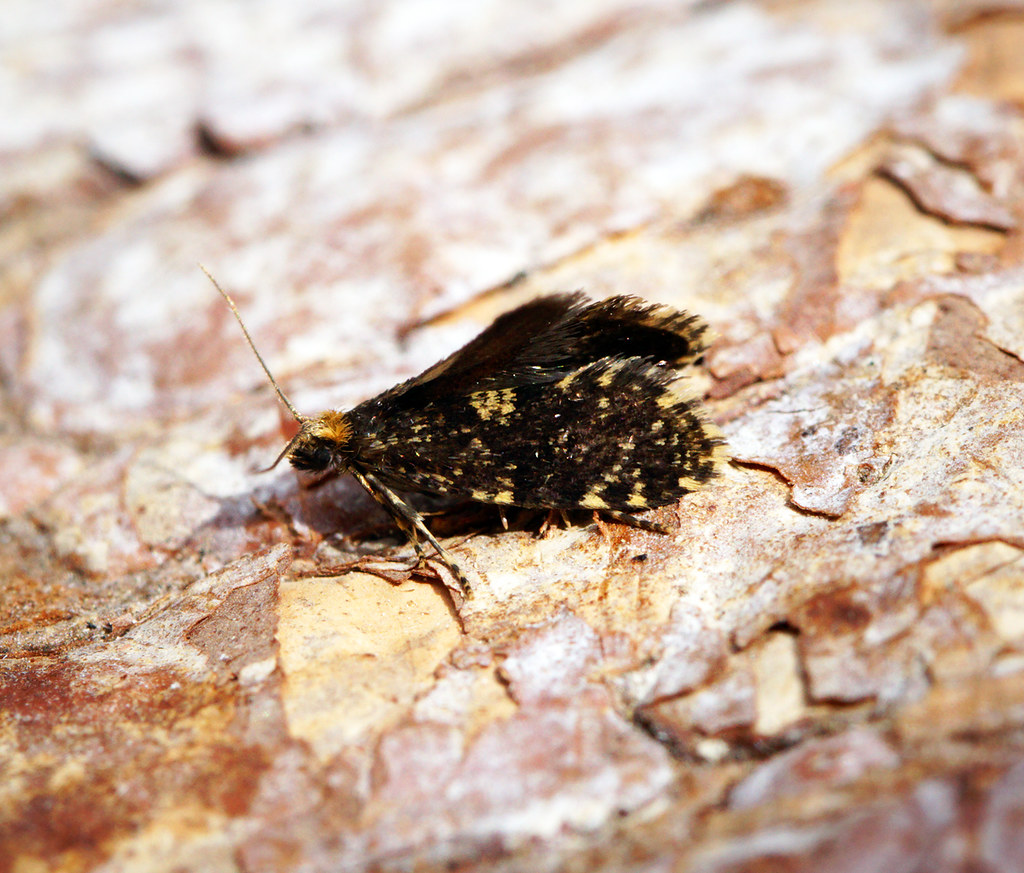
Your cherished book collection might be harboring more than just knowledge – it could be home to an entire ecosystem of paper-loving insects. Book lice, despite their name, aren’t actually lice at all but tiny insects that feed on the microscopic mold and fungi that grow on aging paper. These creatures thrive in the humid environment that old books naturally create, especially those stored in damp basements or poorly ventilated areas.
The glue in book bindings contains proteins that attract silverfish and firebrats, while the paper itself provides cellulose that many insects can digest. Booklice colonies can number in the thousands within a single volume, creating a rustling sound when the book is moved. The damage they cause often goes unnoticed until pages begin to show irregular holes and yellowing patterns.
Houseplant Potting Soil: A Bug Paradise
That innocent-looking potting soil in your favorite houseplant is actually a thriving metropolis for dozens of insect species. Fungus gnats lay their eggs in the moist soil, where their larvae feed on organic matter and plant roots. The warm, humid environment created by regular watering makes this habitat irresistible to these tiny flying insects.
Springtails, barely visible to the naked eye, jump around in the soil like microscopic kangaroos, feeding on decomposing organic matter. Spider mites often establish colonies on the undersides of leaves, using the plant’s structure as both shelter and food source. The soil ecosystem becomes so complex that removing one type of insect often leads to population explosions of others, creating a delicate balance that many homeowners never realize exists.
The Secret Life of Vacuum Cleaner Bags

Your vacuum cleaner bag or canister isn’t just collecting dust – it’s creating a buffet for insects that feed on organic debris. Carpet beetles find the mixture of dead skin cells, hair, and food crumbs irresistible, often laying their eggs directly in the accumulated debris. The dark, undisturbed environment provides perfect conditions for these insects to complete their life cycle.
Dust mites, though technically arachnids, thrive in the protein-rich environment of vacuum bags. They feed on the dead skin cells and organic matter, multiplying rapidly in the warm, humid conditions. When vacuum bags aren’t changed regularly, they become miniature ecosystems where multiple species coexist, feeding on different components of the collected debris.
Picture Frames: More Than Meets the Eye
The space between picture frames and walls creates an ideal hideout for various flat-bodied insects. Silverfish squeeze into these narrow gaps, feeding on the paper backing of photographs and the adhesive used in frame construction. The protected environment shields them from household pesticides and human disturbance while providing easy access to their preferred food sources.
Psocids, commonly called booklice, often establish colonies behind picture frames where they feed on microscopic mold that grows in the slightly humid microclimate. These insects are so small they can slip through gaps thinner than a credit card, making picture frames perfect hiding spots. The wooden frames themselves attract wood-boring beetles over time, especially if they’re made from untreated wood or have been exposed to moisture.
Electronics: The Warm Welcome Mat
Your electronic devices generate heat that creates irresistible microclimates for cold-blooded insects. Computers, televisions, and gaming consoles become overnight hotels for cockroaches, who slip through ventilation slots and settle near warm components. The steady temperature and protection from predators make these locations ideal for establishing breeding colonies.
Ants often invade electronics, attracted by the electromagnetic fields and warmth. They can cause significant damage by short-circuiting components or building nests inside delicate machinery. The plastic components in electronics also release trace amounts of chemicals that some insects find attractive, leading them to explore these devices even when they’re turned off.
Stuffed Animals and Pillows: Soft Sanctuaries
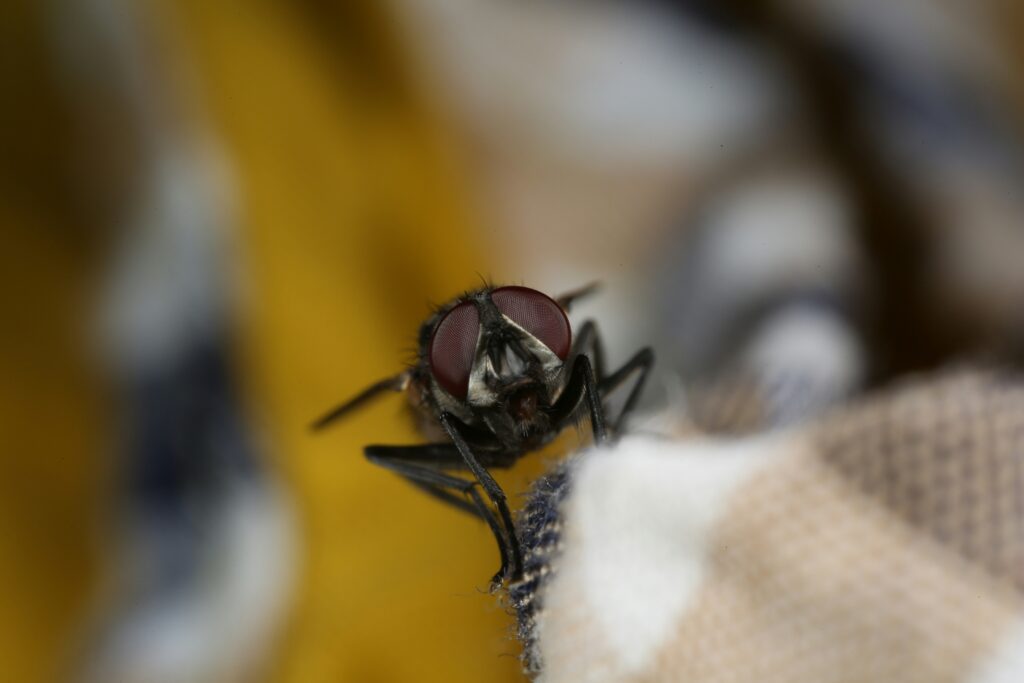
Those cuddly stuffed animals and comfortable pillows provide perfect hiding spots for insects that prefer soft, fibrous environments. Dust mites colonize these items in massive numbers, feeding on the dead skin cells that naturally accumulate on frequently used items. The fabric fibers create countless hiding spots where these microscopic creatures can establish thriving communities.
Carpet beetles often target stuffed animals made from natural fibers like wool or cotton, laying their eggs in the soft material. Their larvae feed on the natural fibers, creating irregular holes and weakening the fabric structure. The stuffing material, whether synthetic or natural, provides additional nesting opportunities for various insects seeking protected environments to complete their life cycles.
Kitchen Appliances: The Unexpected Insect Highways
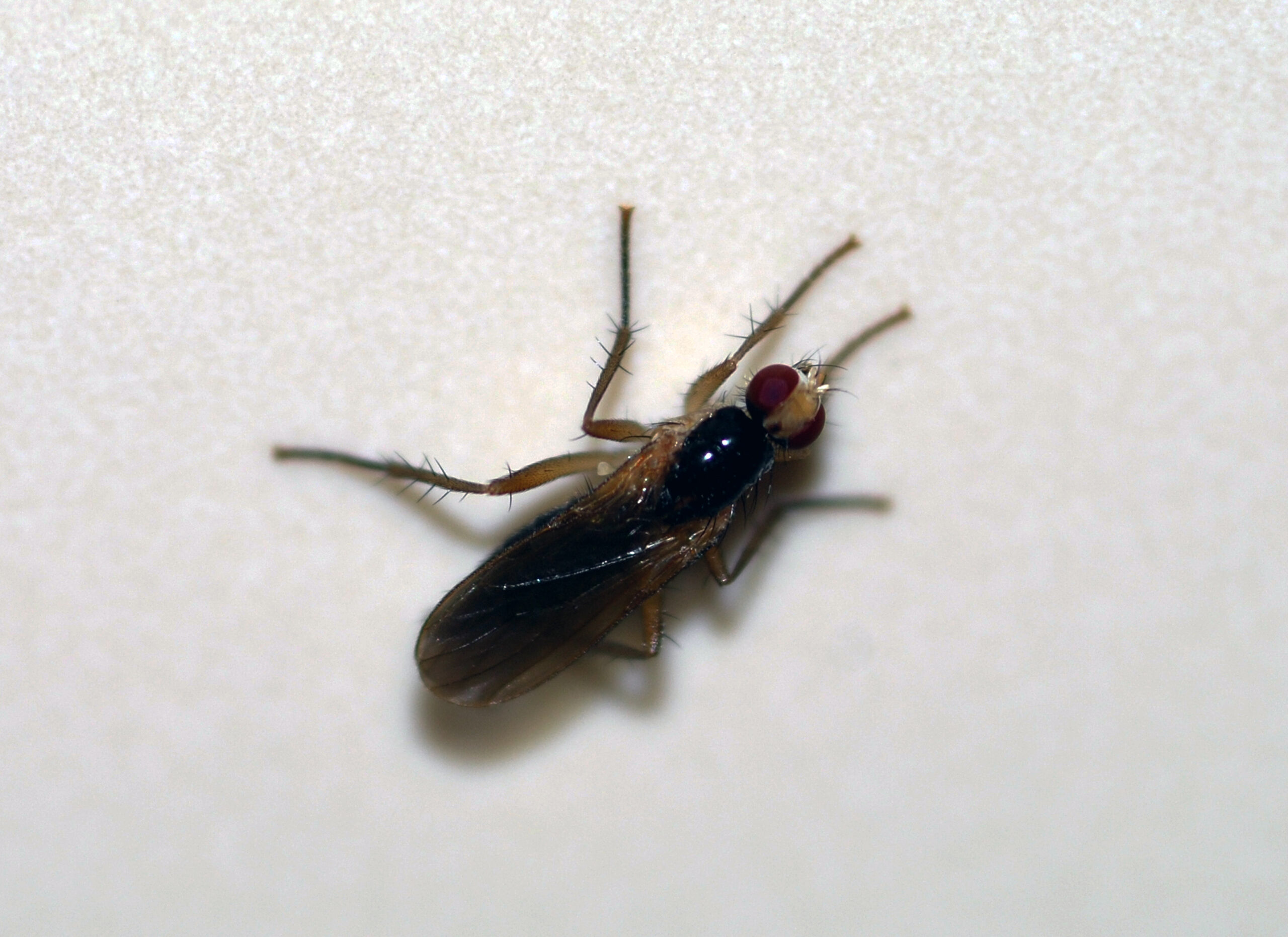
Small kitchen appliances like toasters, coffee makers, and blenders create warm, food-rich environments that insects find irresistible. Crumbs and food residue accumulate in hard-to-clean areas, providing sustenance for cockroaches, ants, and various beetles. The heat generated during operation creates comfortable microclimates that extend beyond the appliance’s immediate area.
Fruit flies often breed in the water reservoirs of coffee makers and the sticky residue inside blenders. These insects can complete their entire life cycle within these appliances, emerging as adults to infest other areas of the kitchen. The electrical components also attract certain insects that are drawn to electromagnetic fields, making these appliances multi-purpose insect habitats.
Storage Containers: False Security
Even sealed storage containers aren’t as bug-proof as most people believe. Pantry moths and beetles can chew through thin plastic containers, while others slip through microscopic gaps in supposedly airtight seals. The concentrated food sources in these containers make them prime targets for insects willing to work hard for access to their contents.
Grain weevils and flour beetles often arrive in contaminated products and then spread to other containers in the same storage area. They can survive for months in sealed containers, slowly consuming stored food while their populations grow. The false sense of security that storage containers provide often leads to delayed discovery of infestations, allowing insect populations to reach overwhelming numbers.
Air Vents and Ductwork: The Hidden Highways
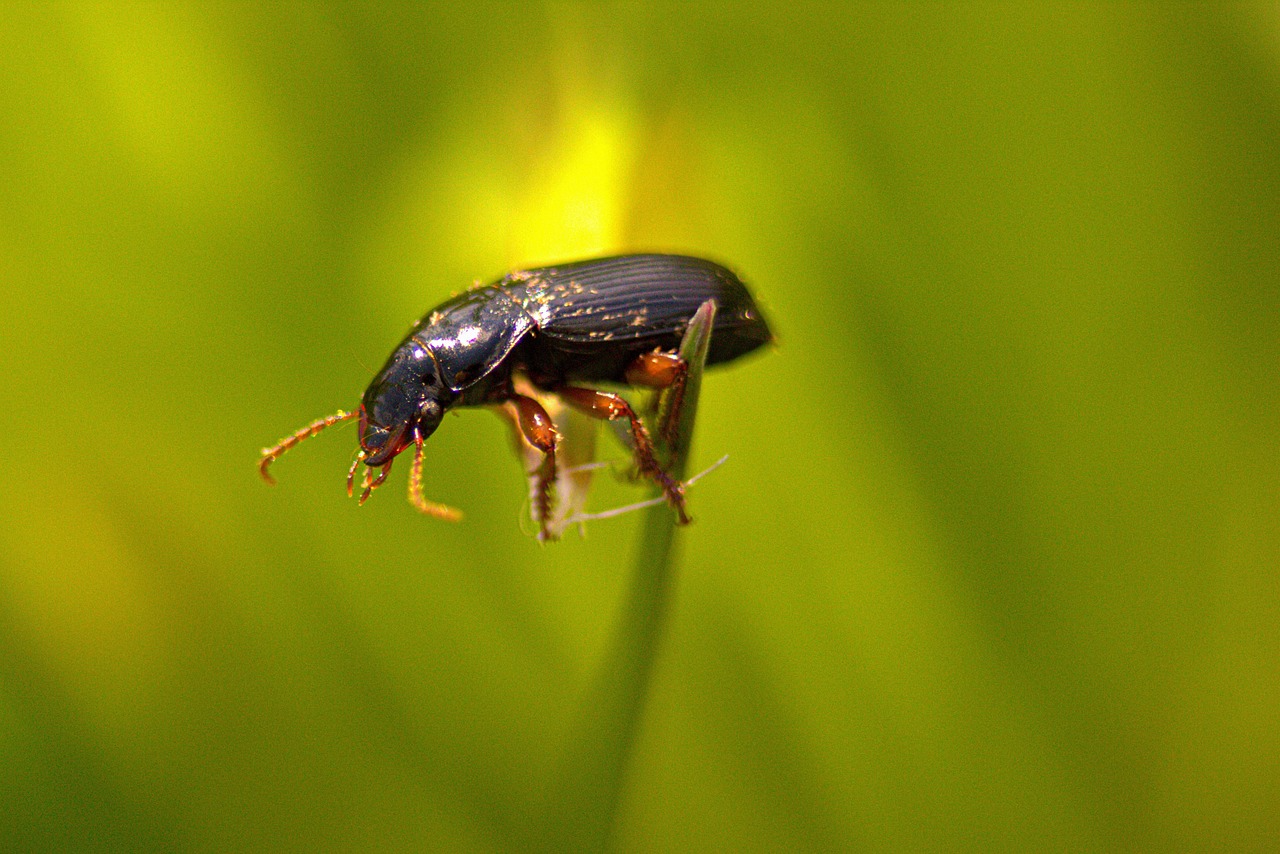
Your home’s ventilation system serves as a superhighway for insects moving between rooms and establishing new colonies. The consistent airflow carries insect pheromones and food odors throughout the house, helping bugs locate new opportunities. Dust and debris that accumulate in ductwork provide food sources for various insects, while the protected environment shields them from household pesticides.
Spiders often build webs in air vents to catch flying insects, while cockroaches use the ductwork as protected pathways to access different areas of the house. The temperature regulation provided by HVAC systems creates ideal conditions for insect reproduction and survival. Regular duct cleaning can reveal surprising numbers of insects and their debris, highlighting how extensively these systems are used by household pests.
Closet Corners: The Forgotten Frontiers
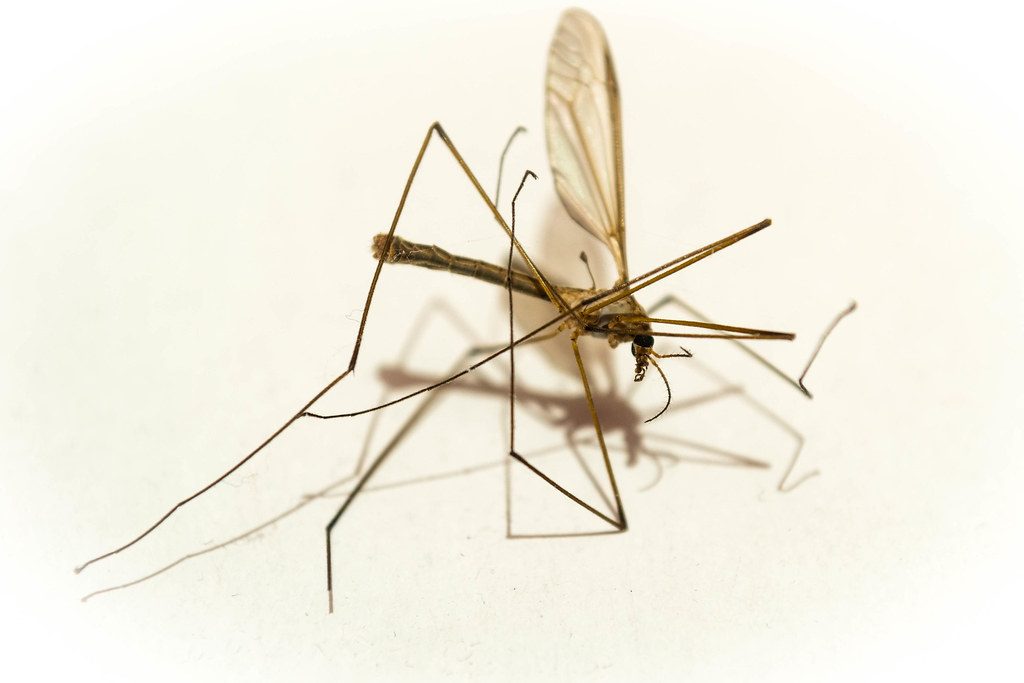
The dark, undisturbed corners of closets provide perfect real estate for insects seeking long-term shelter. Clothes moths lay their eggs in natural fiber clothing, while their larvae feed on wool, silk, and cotton materials. The low-traffic environment allows these insects to complete multiple life cycles before being discovered, often resulting in significant damage to stored clothing.
Silverfish and firebrats thrive in closet environments, feeding on the natural fibers in clothing and the adhesives in shoe boxes. The consistent temperature and humidity levels, combined with minimal human disturbance, create ideal conditions for these insects to establish permanent colonies. The accumulation of dust and organic debris in closet corners provides additional food sources for various scavenging insects.
The Surprising Truth About Cleaning Supplies
Ironically, the very products designed to eliminate bugs can sometimes attract them. Certain cleaning chemicals contain compounds that mimic insect pheromones, drawing curious insects to investigate. The residual moisture from cleaning activities creates temporary humid microclimates that many insects find attractive, especially in normally dry areas of the house.
Storage areas for cleaning supplies often become insect gathering spots because of the chemical cocktail of scents and the typically undisturbed environment. Cockroaches are particularly drawn to the organic compounds in some cleaning products, while ants may investigate sweet-smelling floor cleaners. The dark spaces under sinks and in cleaning closets provide additional shelter opportunities for insects seeking protected environments.
Understanding where bugs love to hide transforms your perspective on household maintenance and pest prevention. These tiny creatures have evolved alongside human civilization, becoming expert at exploiting the comfortable microclimates and abundant resources our homes provide. Regular inspection of these common hiding spots, combined with proper storage techniques and environmental controls, can significantly reduce unwanted insect populations. The key lies in recognizing that effective pest management isn’t just about elimination – it’s about understanding the complex relationships between insects and the environments we’ve unknowingly created for them. What other unexpected hiding spots might you discover in your own home?
